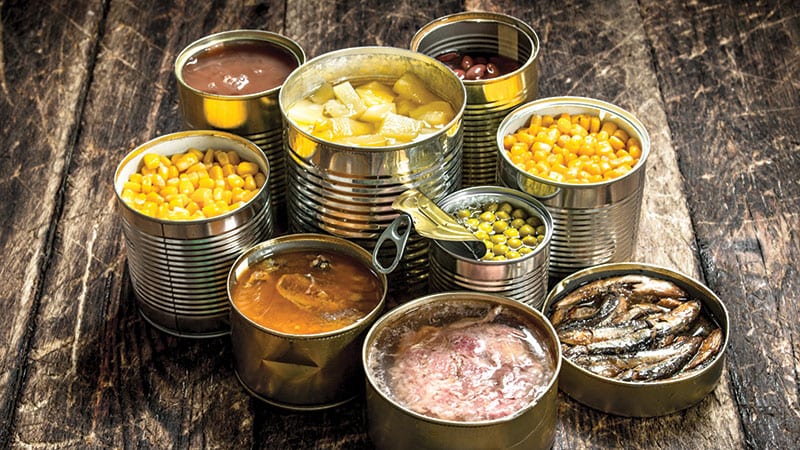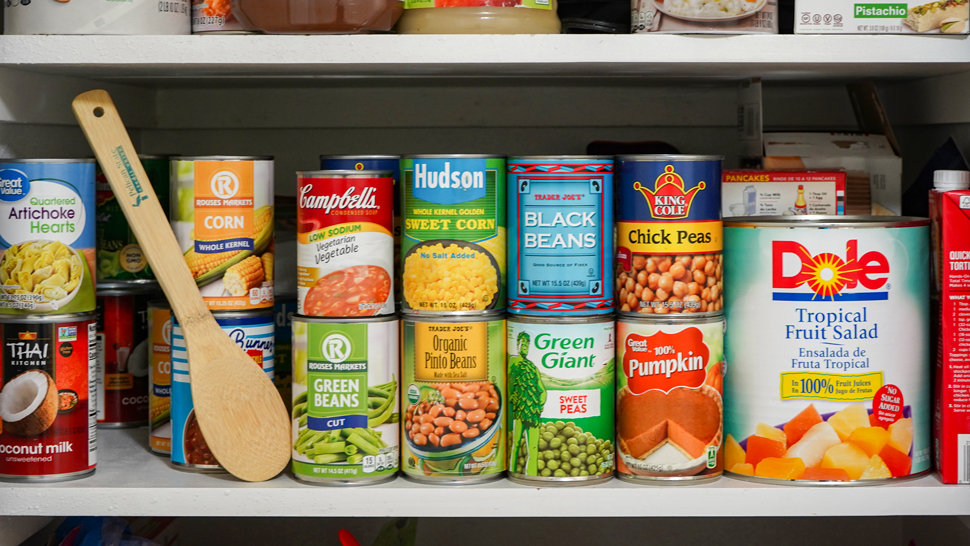“Innovations in Canned Food Technology: Enhancing Shelf Life and Flavor”
Canned food technology has undergone significant advancements in recent years, leading to improvements in both shelf life and flavor retention. These innovations have revolutionized the way canned foods are produced, preserved, and consumed, offering consumers greater convenience and nutritional value.
One of the key areas of innovation in canned food technology is the development of advanced canning techniques. Traditional canning methods involve heat processing the food inside the can to destroy microorganisms and enzymes that can cause spoilage. While effective, these methods can sometimes lead to a loss of flavor and nutritional quality.
To address these challenges, researchers and food manufacturers have developed new canning technologies that aim to minimize the impact of heat processing on the quality of the food. One such innovation is the use of high-pressure processing (HPP), which involves subjecting the sealed cans to high levels of pressure to destroy harmful bacteria while preserving the taste, texture, and nutritional content of the food.
Another important innovation in canned food technology is the development of advanced packaging materials. Traditional metal cans can sometimes impart a metallic taste to the food and may not be suitable for certain types of foods, such as acidic or highly reactive ingredients. To overcome these limitations, manufacturers have introduced alternative packaging materials, such as BPA-free plastics and laminated cartons, which offer improved barrier properties and can help preserve the flavor and freshness of the food for longer periods.
Furthermore, advancements in food processing techniques have enabled manufacturers to develop canned foods with enhanced flavor profiles. Through the use of advanced cooking methods, such as sous vide and retort cooking, food manufacturers can now achieve precise control over temperature and cooking times, resulting in better texture and flavor retention. Additionally, the use of natural flavor enhancers and seasoning blends can help enhance the taste of canned foods without the need for artificial additives or preservatives.
In conclusion, innovations in canned food technology have led to significant improvements in shelf life and flavor retention, making canned foods a convenient and nutritious option for consumers around the world. By leveraging advanced canning techniques, packaging materials, and food processing methods, manufacturers can continue to meet the growing demand for high-quality canned foods that offer both convenience and flavor.




